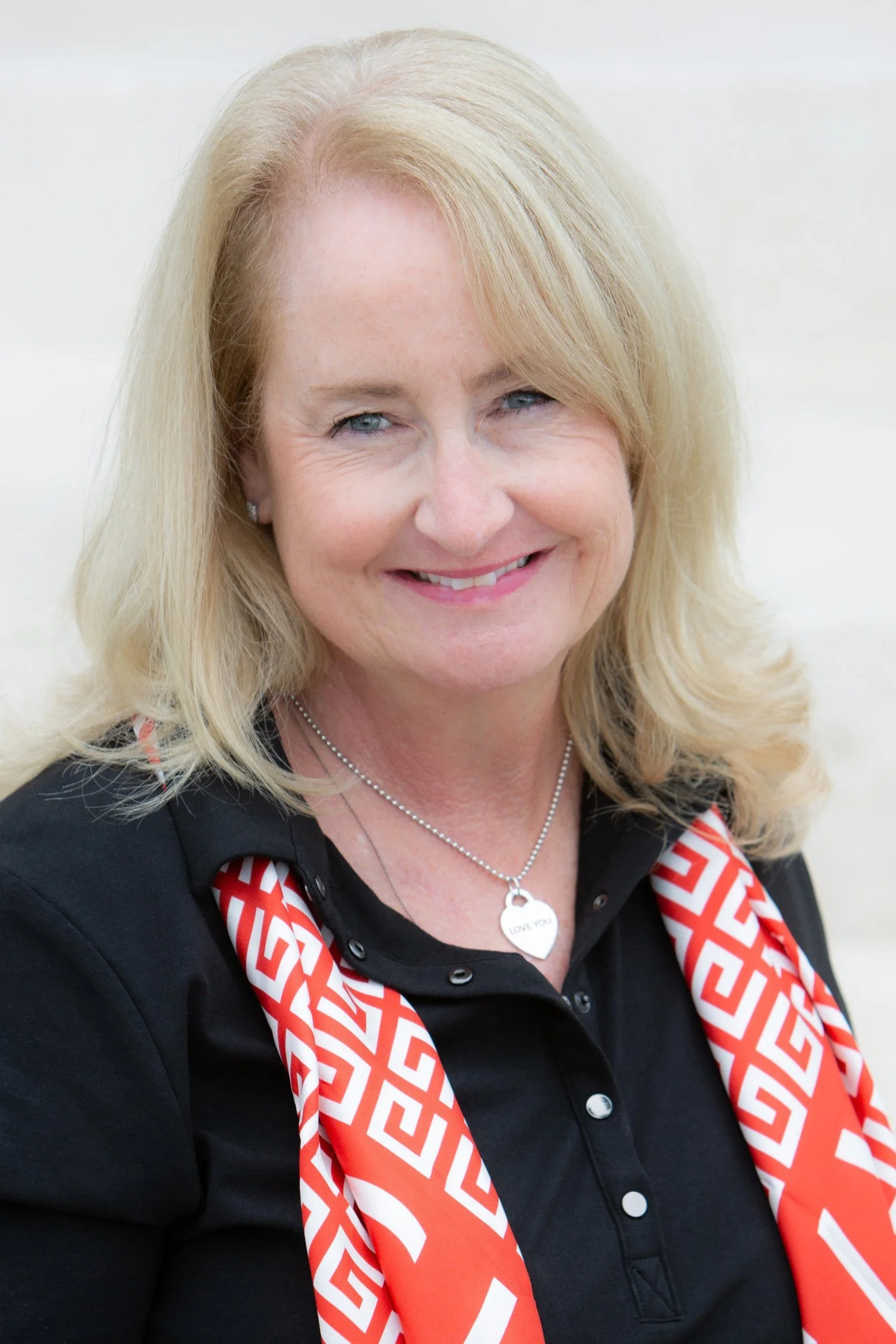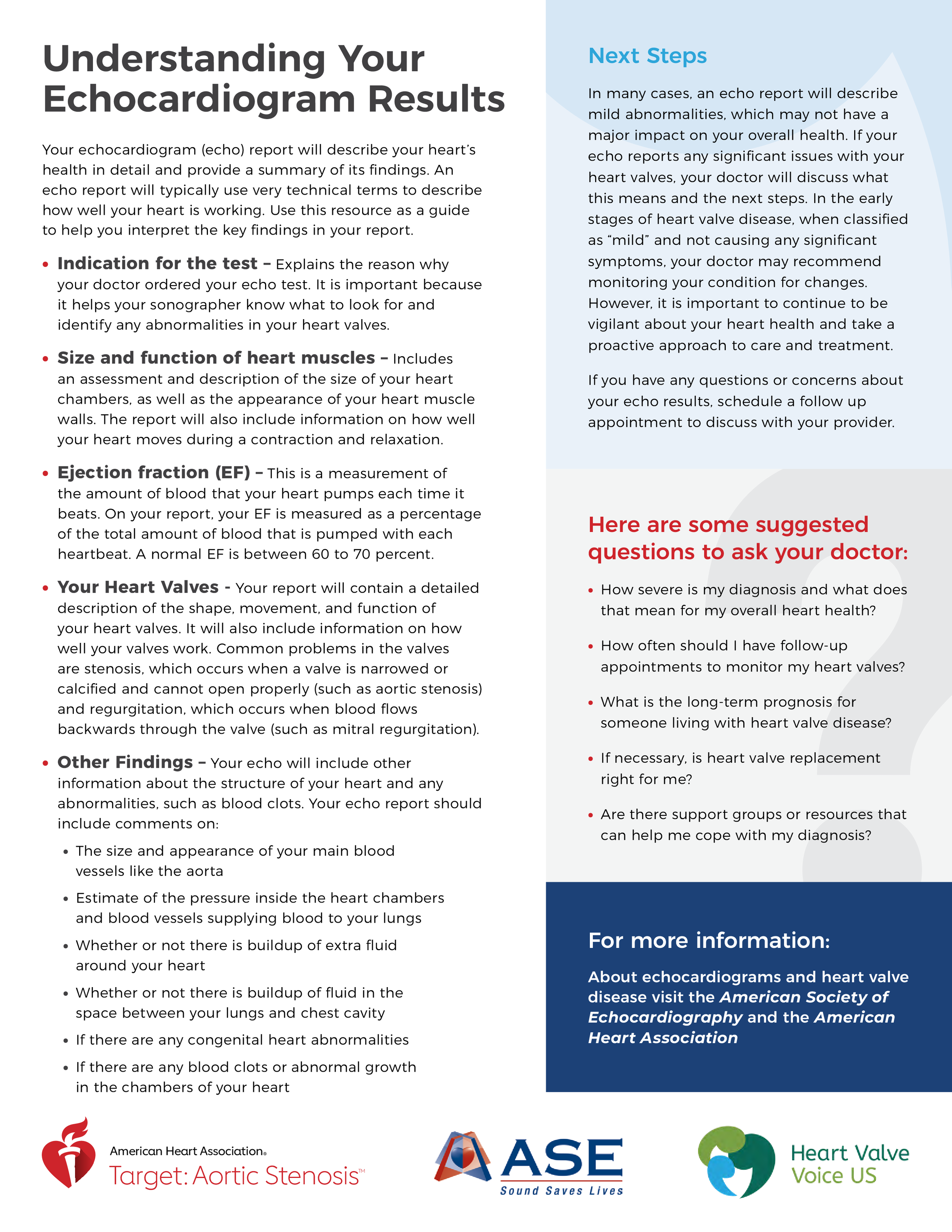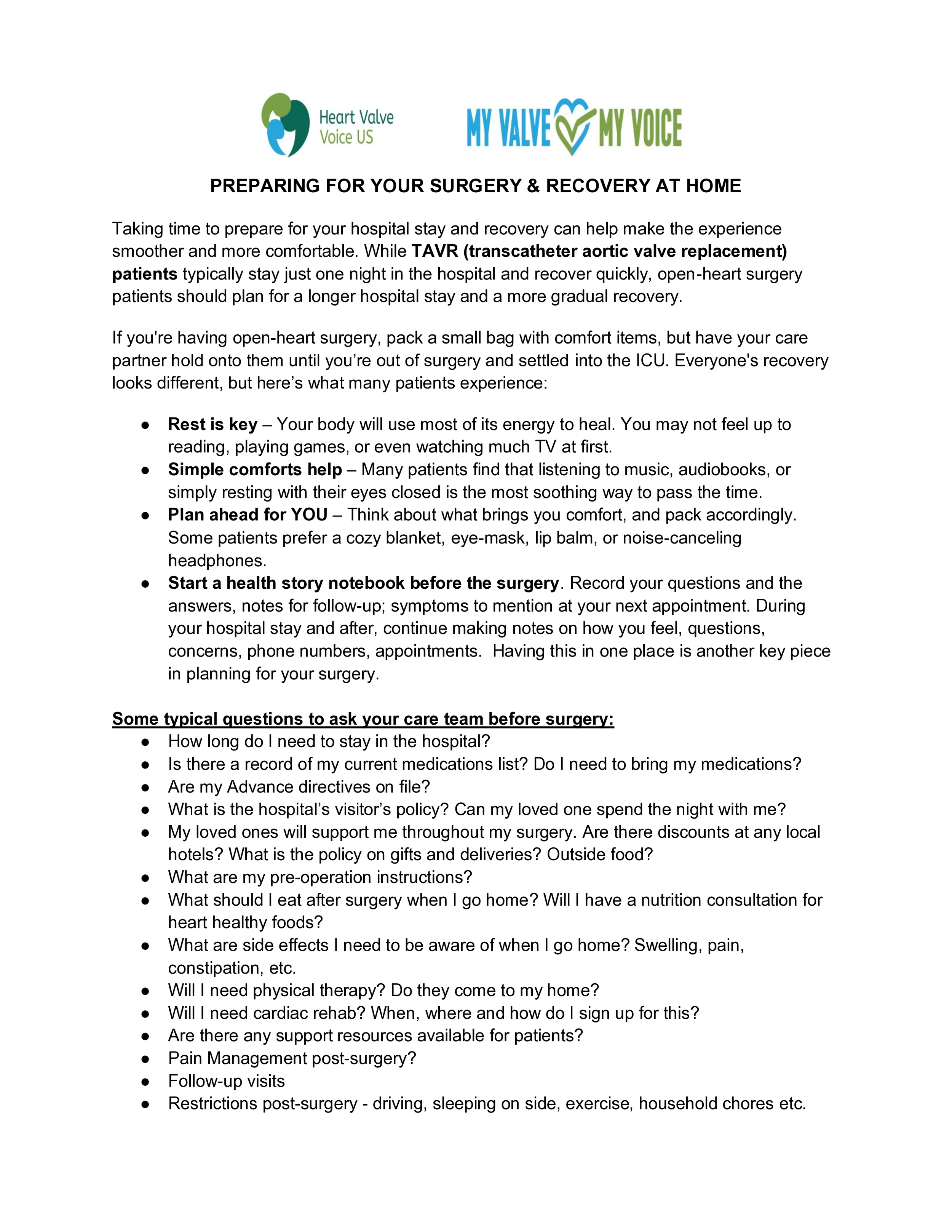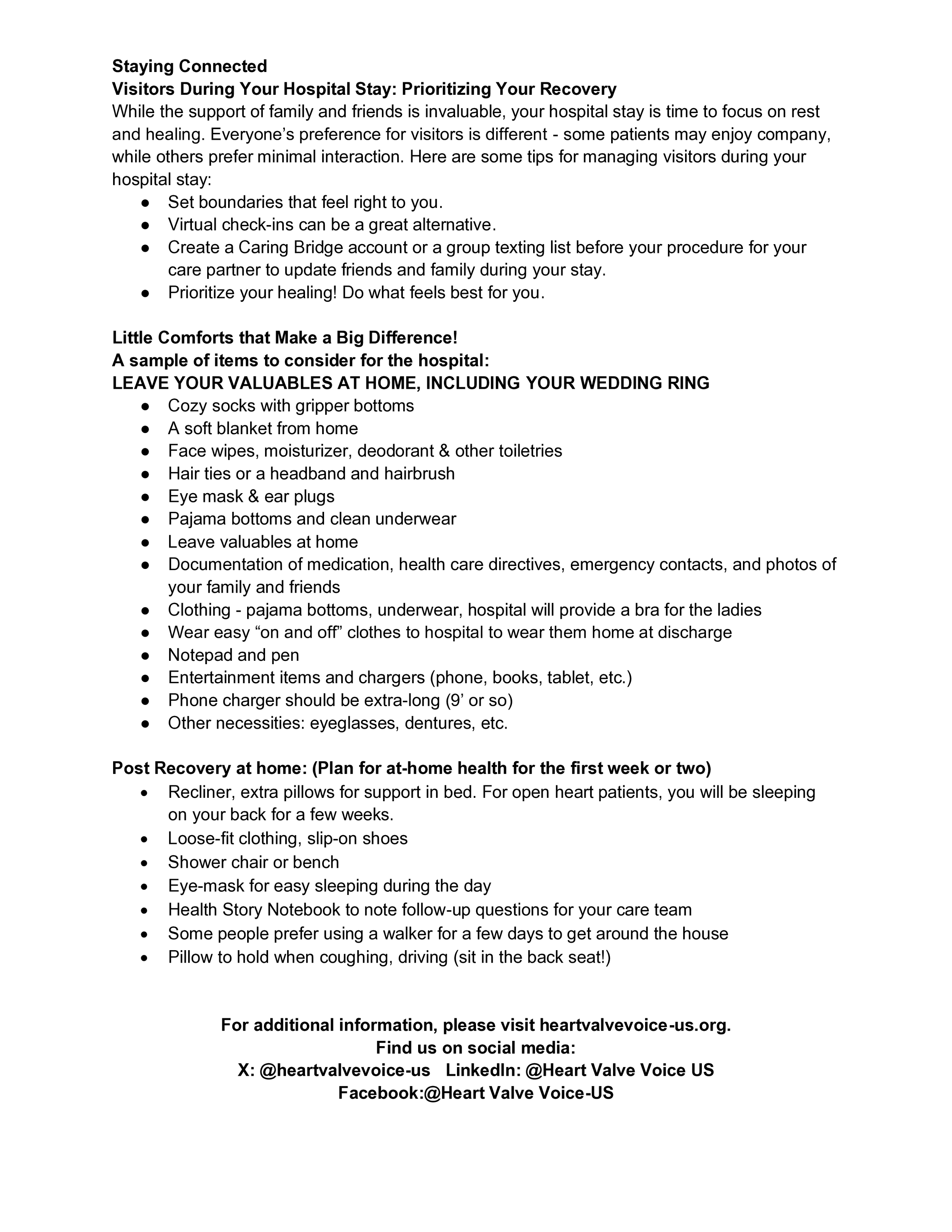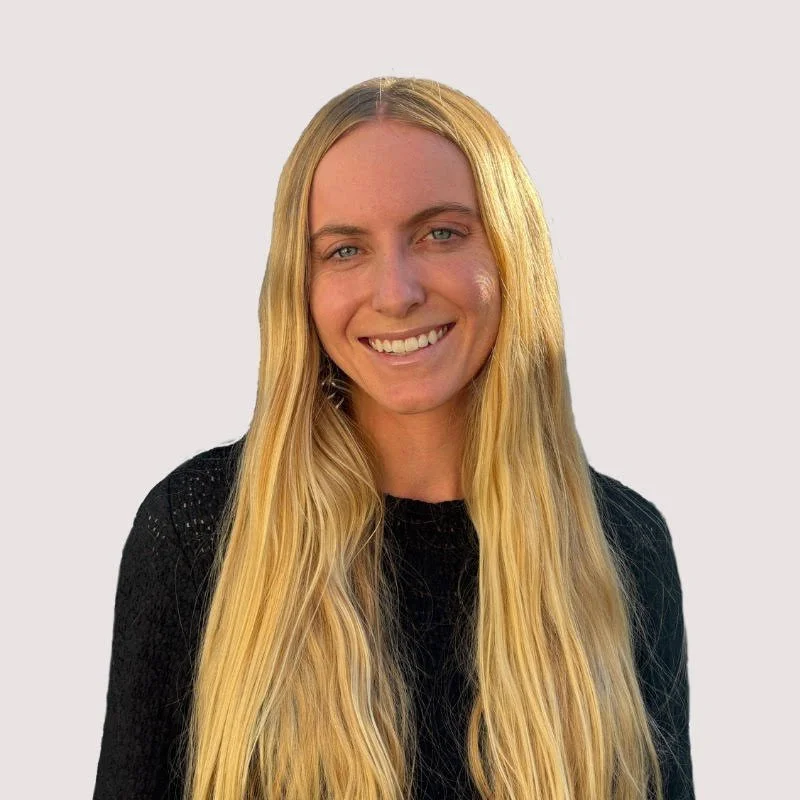Local Resident Robyn Peacock Advocates For Patients With Heart Conditions By Writer and Contributor Emily McGinn
In 2003, one of Robyn Peacock’s close friends passed away suddenly from a large heart attack at the age of 42. Recalling the shocking incident, Peacock decided to get a coronary calcium scan several years later to make sure she did not have any blockages in her arteries. She was free of blockages, but the results came with a footnote that would transform her life — she had an aneurysm in her heart.
“I'll never forget it. It was April 13, and it was a Friday, and I was headed to Little League the next day, and I felt like I was a walking time bomb,” Peacock says. “It was super scary because when you have an aneurysm, you don't know if it's growing. There's a risk of it dissecting, and when it dissects, time is so crucial.”
Peacock was diagnosed with a bicuspid aortic valve, a congenital heart defect. The diagnosis was the beginning of a long journey of navigating a chronic illness — and the seed that would eventually grow into her passion for advocating for patients of heart disease.
For the next 15 years, Peacock was on watch-and-wait, with her doctors monitoring her condition. Eventually, her condition would require open heart surgery, but she was waiting for two things: for technology to improve, and for her children to reach adulthood, before she moved forward with the risks of the surgery.
Though she had doctors following her condition, those years came with the struggles that many face with a chronic illness. By 2016, she began to experience more symptoms of heart valve disease. Normally an active person, Peacock recalls being so fatigued that she had to sleep for hours in the afternoons to recover.
“I felt like I was 30 years older than I was, and I was afraid to tell anybody, because when you live with a chronic condition and your family members are aware of it, you don't want to burden them with yet another symptom, yet another problem,” Peacock says. “And in my fifties, when I felt this fatigue, I felt like I was in my eighties. I just assumed that was going to be what my life was like.”
One day in 2017, she woke up with a sharp, stabbing pain in her neck. When she went to the emergency room, the doctors could not find anything wrong and she left with a neck brace. However, the pain worsened, shooting down to her legs, making it impossible to do many of the activities she loved.
“I was in so much pain,” Peacock recalls. “It was like I had done 2,000 ballet pliés and shredded every muscle in my legs, and I was in severe pain. So I got a wheelchair. [There I was], an active tennis player, dog walker and hiker, and all those things I couldn't do.”
After visiting a variety of specialists and coming up empty, a blood culture finally found the cause: she had endocarditis, a blood infection that attacks a diseased valve.
Peacock recovered from the endocarditis, but her heart valve disease symptoms continued — and with them, the effects of her quality of life.
“I was tired of living with the disease,” she says. “I was tired of living with limitations.”
Finally, in 2022, her doctor said it was time to move forward with the open heart surgery. Peacock had received her wish: her children were graduating from college, and the valve technology had improved, making the surgery less dangerous.
For hours, Peacock’s heart was stopped to perform the surgery, but it was successful. They placed the new valve, and she came out of surgery.
“I have such a depth of gratitude, and I've always been grateful, but until going through open heart surgery and having your heart stopped and then restarted two hours later, and coming out of that — you get a second heart start,” Peacock says. “I mean, who gets that, right? Who gets to have their heart restarted and live a life again?”
The surgery was the beginning of a new chapter for Peacock: advocacy. She had volunteered at many organizations in the South Bay in the past, but now her focus was shifting. Her own experience with heart disease spurred her to search for volunteer organizations angled toward educating people about heart diseases and assisting patients.
“About six months after surgery, I woke up in January 2023, and all of a sudden it dawned on me: I need to help people,” Peacock says. “All of a sudden, I had this lived experience. I needed to figure out where I could fit in this world and help people understand.”
For Peacock, the effort was personal. She had not known that the bicuspid aortic valve defect ran in her family, making her wonder how many other people are unaware of the defects they might have. Many people with heart valve disease do not exhibit symptoms until later in life, meaning people often walk around with defects without even knowing it.
Peacock got involved with two organizations: WomenHeart, a nonprofit that aims to support women with or at risk for heart disease, and Heart Valve Voice U.S., which aims to improve treatment and management of heart valve disease and to raise awareness about the disease. Peacock has found her passion as a community educator, a role in which she talks to people wherever she can about heart disease, sharing information ranging from how to read an echocardiogram to the different kinds of heart disease. Her goal is to give heart valve patients a voice, both for themselves and for those who come after.
She especially focuses on educating young women about heart disease risks, and she and her fellow advocates are working toward more equity for women patients in healthcare. Many women have encountered challenges as patients, from misdiagnoses to a lack of women representation in medical research. Even the logistics of getting treatment — such as figuring out who will take care of children or how to pay for prescriptions — can place a heavy burden on women facing chronic illnesses like heart disease.
In February, Peacock was part of a group that visited Capitol Hill to speak with legislators about health bills, advocating for causes such as women in research and a push toward early detection for heart disease. She has also participated in other projects, such as acting as the patient partner for research studies and advising researchers as they create materials for the studies. Every element, from the photos to the way statistics are shared with participants, can convey certain messages, making patient input valuable.
“By telling our stories, by sharing our stories, by getting this word out there, we're helping people help others,” Peacock says. “Everything I'm doing now is for [the next] generation and behind [that]. What we're doing today on Capitol Hill, what we're doing today in the media and [through] health fairs and educational materials — we're saving lives.”
Right now, one of the major goals for Heart Valve Voice U.S. is to raise awareness about early detection, specifically for heart disease. While early detection procedures for other illnesses are common, few people get tested for heart disease. Last year, they did a social media campaign called #Echo to encourage people to start getting echocardiograms earlier in life to check for issues.
Though her journey has been difficult, Peacock has found purpose through her experience with heart disease, and she has enjoyed finding a community of fellow patients and people in healthcare who share her passion to advocate for patients and to improve people’s lives. The connections she has formed with other patients who have faced heart disease have helped her heal, and have given her the drive that fuels her every day to continue to advocate.
“I wish I would have had this passion 20 years ago, because it would have given me a longer time to feel this depth of fulfillment and to know that I make a difference and help people,” Peacock says. “I can't do this forever, so I'm going to do it for as long as I possibly can. And I'm just so grateful to be able to do it.”
Bio:
Emily McGinn is a journalist based in the Los Angeles area. She enjoys reporting on and writing about a variety of topics from lifestyle to news, especially in her areas of specialty, environmental science and political science.

